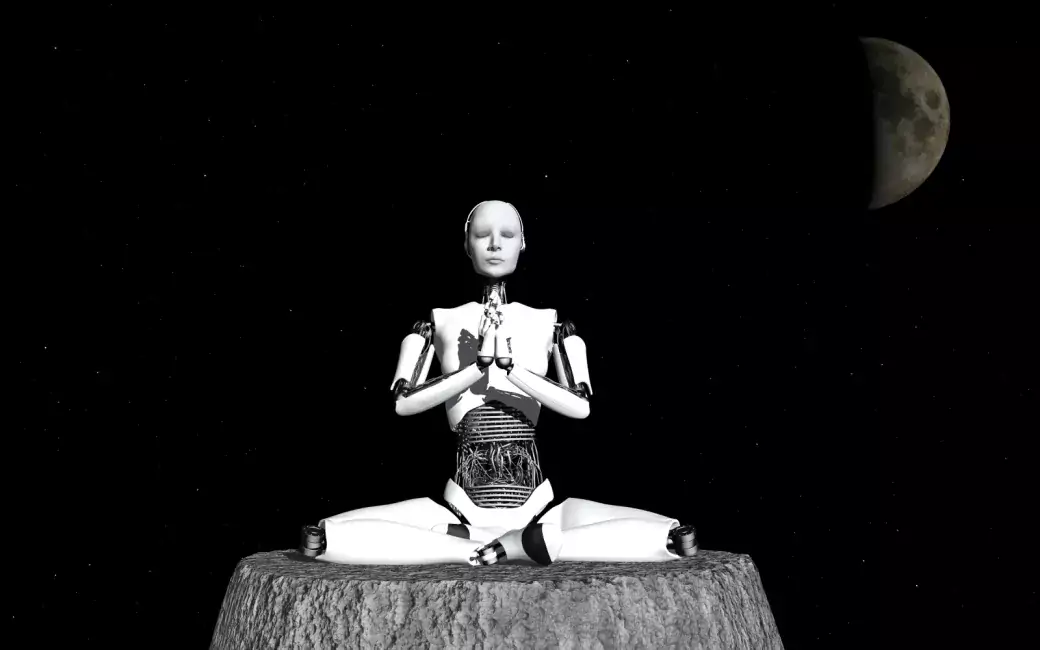Professor of Computer Science Aapo Hyvärinen has published a book online entitled Painful intelligence: What AI can tell us about human suffering. The book utilises the modern theory of artificial intelligence to understand human suffering, particularly of the psychological kind.

In spite of its academic background, Hyvärinen's publication, which is openly available, strives to be understandable to laypeople. Hyvärinen has previously utilised artificial intelligence, for example, in modelling the brain.
"Artificial intelligence and neuroscience have been combined with the modelling and neuroimaging of the visual system, among others. The book provides an overview of what such tools can tell us about the functioning of the brain," Hyvärinen says.
The book not only explores the brain neuroscientifically but combines this perspective with a range of research traditions, even including Buddhist and Stoic philosophy and meditation traditions.
"However, the main focus is on what is known as affective neuroscience. I use computational models to simulate emotions."
The book combines artificial intelligence and meditation
Hyvärinen has several decades of meditation experience, which helped him find surprising perspectives on the topic.
"Buddhist psychology and Stoic philosophy seek peace of mind, happiness and wisdom. I considered the topic on their terms, and their methods seemed to fit the framework," Hyvärinen says.
Nevertheless, the study is not humanistic or even multidisciplinary as such, but a work of empirical and measurable natural science.
"The ideal was to strive to turn all research into that of the natural sciences."'
In fact, the book's stated aim is to use theoretical computer science to explain why the philosophy of peace of mind and meditation are needed to reduce human suffering.
The brain is a kind of computer
Computers rely on machine learning to adapt to their surroundings. This is not far from the ability to react to pain and suffering that has arisen through human and animal evolution.
"The brain itself is a kind of computer. As machine learning evolves, we can design increasingly complex interactions that resemble human reactions," Hyvärinen says.
Because of its lack of consciousness, artificial intelligence is generally thought to be incapable of experiencing pain and suffering on its own. And yet, Hyvärinen demonstrates that the difference between modelling suffering and genuine suffering is irrelevant.
"The central thesis of the book is that artificial intelligence resembling human-like intelligence will inevitably process information in a way that resembles human suffering."
At the end of the book, the theoretical framework is employed in a way that may be able to alleviate suffering. This reprogramming is difficult, and philosophy and meditation are needed at this stage. The issues raised in the book are thus of general public interest.
"I'm optimistic about interest in the book. At the moment, it's only available online, but perhaps it can be published in print at some point," Hyvärinen says.
"Online books have the advantage of being updatable from time to time. For now, I'm thinking of updating the work at one- or two-year intervals. The next version may be released at the end of the year," he muses.






